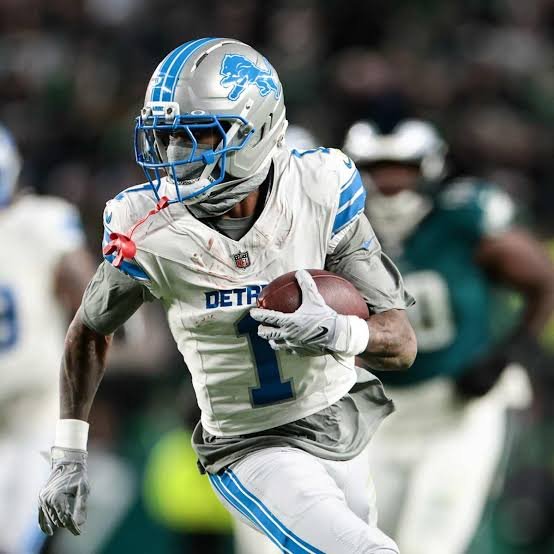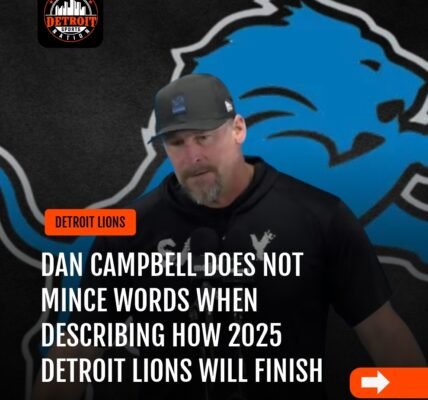The Detroit Lions escaped with a 34–27 overtime win against a New York Giants team led by Jameis Winston, but one of the biggest talking points afterward was how little Jameson Williams factored into the offense. He finished the day without a catch and saw only three passes thrown his way.
That outing continues a surprising pattern for Detroit: the Lions are undefeated (5–0) in games where Williams is targeted four times or fewer. When his number is called more often—five targets or more—the team’s record drops to 2–4.
This trend becomes even more intriguing considering Williams signed an $83 million extension during the offseason. On paper, that kind of investment might pressure coaches to force the ball his way, but the results so far show that doing so isn’t necessary—and might even be counterproductive.
Lions Offense Works Best When Jameson Williams Isn’t Forced Into a Bigger Job
Detroit may need to accept that their best chance to win doesn’t require Williams playing the role of a high-volume receiver. If there’s a lesson to pull from Week 12, it’s that the offense functions more efficiently when Williams is allowed to be a situational weapon rather than a constant focal point.
Williams shines most as a vertical threat—someone who stretches defenses, commands attention, and delivers explosive plays when defenders start to forget about him. He’s not built to operate like Amon-Ra St. Brown or Jahmyr Gibbs, who thrive on steady involvement and frequent touches. That contrast isn’t a flaw; it’s what makes him an ideal complement in the offensive scheme.
Statistically, Williams leads the team in yards per target (10.6) and is miles ahead of the pack in yards per touch at 16.3. Only Sam LaPorta (12.2) and St. Brown (11.4) even come close.
For players like Gibbs and St. Brown, the Lions can feed them the ball repeatedly and expect reliable production. Williams, however, is a big-play specialist. Overusing him tends to diminish the very threat that makes him dangerous.
Star wideouts rarely enjoy lighter workloads, but Williams likely understood what he was signing up for when he agreed to his new contract. He wasn’t going to leapfrog St. Brown or Gibbs in the offensive hierarchy, and he knows his own efficiency benefits from their presence as primary playmakers.
The situation is further eased by Dan Campbell’s leadership. Campbell isn’t the type of coach to shy away from difficult conversations if Williams begins wanting more touches. And with Detroit fighting to stay in the playoff picture, everyone on the roster will need to accept whatever role best supports winning—no matter how big or small.




